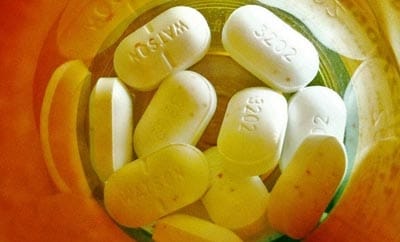US authorities have reported the rise of a new breed of “pharma cartels” in Mexico, which sell illicitly obtained prescription drugs to buyers in the United States, and pay fees to traditional drug trafficking groups.
According to an October 4 press release from the US Attorney’s Office in southern California, Mexican drug trafficking organizations are moving into the lucrative black market for prescription drugs in the US.
These organizations, many of which are based over the border from California in Tijuana, use the Internet to sell painkillers such as OxyContin and Vicodin to clients in the United States, often making hundreds of thousands of dollars a month in profits.
US Attorney Laura E. Duffy told NBC San Diego that in addition to diverting drugs from hospitals and pharmacies, some pharma-cartels create their own versions of painkillers in makeshift laboratories.
Traditional cartels have begun charging these new groups money in exchange for allowing them to operate.
InSight Crime Analysis
While Mexico’s traditional drug cartels have so far focused on taxing existing pharma-cartels rather than entering the market themselves, the shifting nature of the US drug market suggests that this could change as the market for prescription pills grows.
The most recent US National Survey on Drugs, released in September 2012, reported that 6.1 million US citizens, or 2.4 percent of the population aged 12 or older, used prescription pills non-medically in 2011. While this is a slight decrease from the previous year, these numbers indicate that prescription pill abuse is now the second most prevalent form of illicit drug use in the United States after marijuana.
As prescription drug abuse has become more common, cocaine use in the United States has fallen from 2.4 million users in 2006 to 1.4 million users in 2012. While the user populations are probably different (cocaine users are unlikely to be switching over to painkillers), this shift does have serious implications for Mexican cartels, who depend on cocaine profits as their top source of income. As cocaine use drops, and as US authorities try to tamp down on prescription drug abuse by strengthening enforcement at clinics and pharmacies, traditional drug cartels may try to muscle in on the market further.

